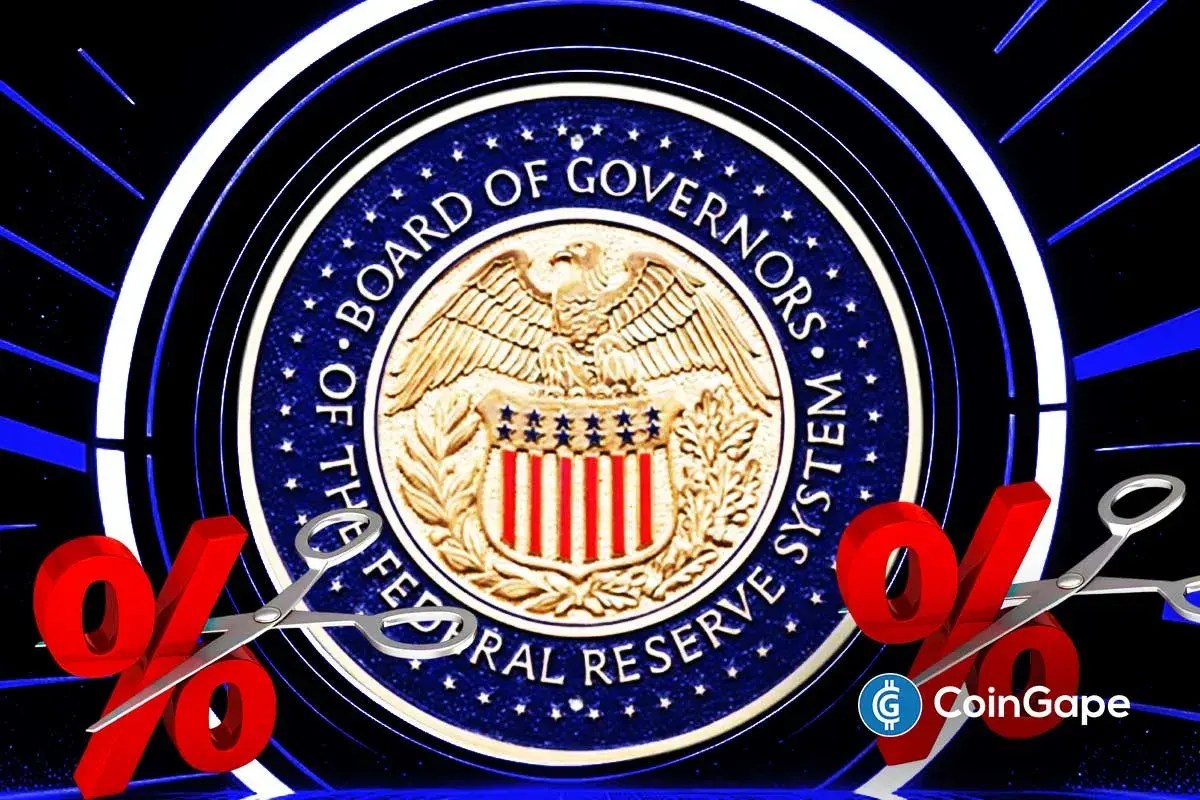The USD/CHF pair extends its winning streak for the third trading day on Tuesday. The Swiss Franc pair rises to near 0.7972 as the US Dollar (USD) gains amid receding hopes that the Federal Reserve (Fed) could cut interest rates again this year.
At the time of writing, the US Dollar Index (DXY), which tracks the Greenback’s value against six major currencies, rises to near 99.60.
The CME FedWatch tool shows that the probability of the Fed cutting interest rates, in the December meeting, by 25 basis points (bps) to 3.50%-3.75% has diminished to 43% from 62.4% seen a week ago.
Fed dovish bets have trimmed as a majority of policymakers stress the need to exercise caution on further interest rate cuts, citing upside inflation risks. While Fed Governor Christopher Waller continues to support more interest rate cuts to support slowing job demand.
In Switzerland, risks of interest rates turning negative remain high as inflationary pressures continue to stay lower. In October, Inflation at the wholesale level declined at a faster pace of 0.3% month-on-month against a 0.2% drop in September. Economists expect the producer inflation to have risen by 0.1%.
USD/CHF stays below the 200-day Exponential Moving Average (EMA), which trades around 0.8195, suggesting that the overall trend is bearish.
The 14-day Relative Strength Index (RSI) stays inside the 40.00-60.00 range, demonstrating a sideways trend.
Going forward, the pair could slide towards 0.7800 and the late July 2011 low of 0.7580, if it breaks below the September 17 low of 0.7829.
On the flip side, a recovery move by the pair above the August 1 high of 0.8170 will open the room for more upside towards the June 19 high of 0.8215, followed by the June 6 high of 0.8248.
USD/CHF daily chart
US Dollar FAQs
The US Dollar (USD) is the official currency of the United States of America, and the ‘de facto’ currency of a significant number of other countries where it is found in circulation alongside local notes. It is the most heavily traded currency in the world, accounting for over 88% of all global foreign exchange turnover, or an average of $6.6 trillion in transactions per day, according to data from 2022.
Following the second world war, the USD took over from the British Pound as the world’s reserve currency. For most of its history, the US Dollar was backed by Gold, until the Bretton Woods Agreement in 1971 when the Gold Standard went away.
The most important single factor impacting on the value of the US Dollar is monetary policy, which is shaped by the Federal Reserve (Fed). The Fed has two mandates: to achieve price stability (control inflation) and foster full employment. Its primary tool to achieve these two goals is by adjusting interest rates.
When prices are rising too quickly and inflation is above the Fed’s 2% target, the Fed will raise rates, which helps the USD value. When inflation falls below 2% or the Unemployment Rate is too high, the Fed may lower interest rates, which weighs on the Greenback.
In extreme situations, the Federal Reserve can also print more Dollars and enact quantitative easing (QE). QE is the process by which the Fed substantially increases the flow of credit in a stuck financial system.
It is a non-standard policy measure used when credit has dried up because banks will not lend to each other (out of the fear of counterparty default). It is a last resort when simply lowering interest rates is unlikely to achieve the necessary result. It was the Fed’s weapon of choice to combat the credit crunch that occurred during the Great Financial Crisis in 2008. It involves the Fed printing more Dollars and using them to buy US government bonds predominantly from financial institutions. QE usually leads to a weaker US Dollar.
Quantitative tightening (QT) is the reverse process whereby the Federal Reserve stops buying bonds from financial institutions and does not reinvest the principal from the bonds it holds maturing in new purchases. It is usually positive for the US Dollar.
Source: https://www.fxstreet.com/news/usd-chf-price-forecast-extends-winning-streak-for-third-trading-day-202511181152


